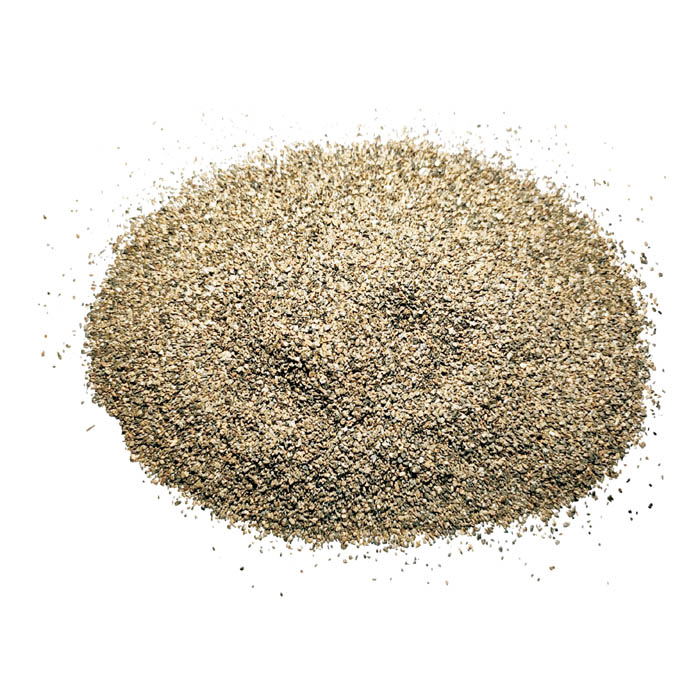Aug . 10, 2024 12:40 Back to list
Exploring Various Materials for Insulating Industrial Pipes to Enhance Energy Efficiency and Safety
Industrial Pipe Insulation Materials Importance, Types, and Applications
In industrial settings, the efficiency and safety of operations heavily rely on the effective insulation of piping systems. Pipe insulation is critical for temperature control, energy conservation, and personnel safety. The choice of insulation materials significantly influences these factors and plays an essential role in the overall performance of industrial systems.
Importance of Pipe Insulation
The primary purpose of pipe insulation is to reduce heat loss or gain within piping systems, which is crucial in industries that involve the transportation of hot or cold fluids. Insulated pipes maintain the desired temperature of the fluid, ensuring that processes operate at optimal levels. This temperature stability can lead to lower energy consumption, thereby reducing operational costs.
Additionally, insulated pipes contribute to safety by preventing burns and condensation that could lead to slipping hazards. Effective insulation reduces the risk of equipment damage due to thermal stress, extending the lifespan of piping systems. Furthermore, regulations in many industrial sectors mandate the use of insulation for environmental and safety reasons.
Types of Pipe Insulation Materials
Various materials are utilized in industrial pipe insulation, each with distinct properties and applications. Here are some of the most common types
1. Fiberglass Insulation One of the most widely used insulation materials, fiberglass is known for its high thermal resistance and lightweight properties. It can handle a wide temperature range, making it suitable for both hot and cold pipes. Fiberglass insulation is also non-combustible, enhancing safety in industrial settings.
2. Mineral Wool (Rock Wool) This material is made from natural rock or diabase and offers excellent thermal and acoustic insulation properties. It is particularly advantageous in high-temperature applications and is resistant to fire, moisture, and pests. Mineral wool is often used in petrochemical and power generation industries.
industrial pipe insulation materials

3. Foam Insulation Polyurethane and polystyrene foam insulation materials are popular due to their high insulating properties and lightweight nature. Foam insulation is typically employed in applications where insulation thickness must be minimized, such as in retrofitting existing systems.
4. Rubber Insulation Closed-cell rubber insulation provides both thermal resistance and sound dampening. It is resistant to moisture, making it suitable for chilled pipes and humid environments. Rubber insulation is often used in HVAC applications and refrigeration systems.
5. Aerogel Insulation Aerogel is a relatively newer insulation material known for its exceptional thermal insulation properties. Although it is more costly than traditional materials, its thin profile and lightweight characteristics make it ideal for applications with space constraints.
Applications of Pipe Insulation
Industrial pipe insulation finds applications across various sectors, including oil and gas, chemical manufacturing, power generation, and food processing. In oil and gas, insulated pipes prevent heat loss during the transportation of crude oil, maintaining its viscosity and flow. In chemical manufacturing, insulation aids in maintaining the temperature necessary for specific reactions.
In power generation, steam and condensate pipes benefit significantly from insulation, reducing energy losses and enhancing overall efficiency. Likewise, in the food processing industry, maintaining the correct temperature in piping systems is vital for food safety and quality.
Conclusion
The selection of appropriate industrial pipe insulation materials is crucial for optimizing energy efficiency, ensuring safety, and prolonging the lifespan of piping systems. With various materials available, industries must consider factors such as temperature range, moisture resistance, and fire safety when choosing insulation. Ultimately, effective pipe insulation is a fundamental aspect of achieving operational excellence and sustainability in industrial processes.
-
Eco-Friendly Granule Covering Agent | Dust & Caking Control
NewsAug.06,2025
-
Fe-C Composite Pellets for BOF: High-Efficiency & Cost-Saving
NewsAug.05,2025
-
Premium Tundish Covering Agents Exporters | High Purity
NewsAug.04,2025
-
Fe-C Composite Pellets for BOF | Efficient & Economical
NewsAug.03,2025
-
Top Tundish Covering Agent Exporters | Premium Quality Solutions
NewsAug.02,2025
-
First Bauxite Exporters | AI-Optimized Supply
NewsAug.01,2025
